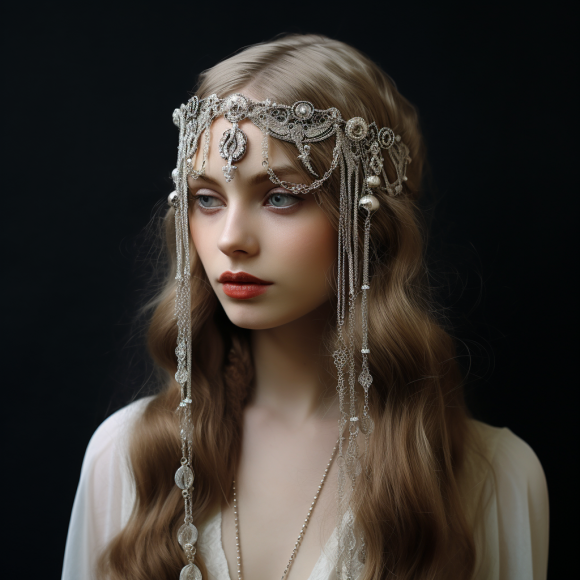Hairstyles have long been a reflection of cultural shifts and fashion trends, evolving dramatically through each decade. From the tight curls of the 1920s to the free-flowing locks of the 70s, each era brings its distinct style. This article will take you on a journey through the evolution of hairstyles, highlighting how changes in society and fashion have influenced hair trends over the years.
1. The 1920s: The Roaring Twenties
- Characteristics: The bob became the hallmark of the 1920s, as women started cutting their hair short to symbolize liberation. Finger waves and Marcel waves were also immensely popular.
- Cultural Influence: The end of World War I brought about a sense of freedom and rebellion against traditional norms, particularly for women.
2. The 1930s: The Glamorous Hollywood Waves
- Characteristics: Despite the Great Depression, the 1930s saw a rise in Hollywood’s influence, with glamorous, soft, and deep waves becoming fashionable.
- Cultural Influence: Hollywood movies became a form of escapism from the economic struggles, influencing women to mimic the styles of film stars.
3. The 1940s: The Practical Pin-Up
- Characteristics: With many women entering the workforce during World War II, practical hairstyles like the victory rolls, updos, and snoods were popular.
- Cultural Influence: The need for manageable hairstyles that would not interfere with physical work in factories influenced this trend.
4. The 1950s: The Age of Conformity
- Characteristics: Hairstyles like the pompadour, poodle cut, and bouffant reflected a return to ultra-femininity and grooming. Men embraced short, neat haircuts, influenced by military styles.
- Cultural Influence: Post-war prosperity led to a culture of conformity, with television also influencing public perceptions of the ideal ‘family look.’
5. The 1960s: The Cultural Revolution
- Characteristics: The decade saw a wide range of styles from the beehive to the mop-top influenced by the Beatles. Long, straight hair and the afro also gained popularity as symbols of rebellion and civil rights movements.
- Cultural Influence: The counterculture movement, civil rights struggle, and the rise of rock music significantly influenced hairstyles, promoting individuality and freedom of expression.
6. The 1970s: The Disco and Hippie Era
- Characteristics: The 70s hairstyles were all about volume and length. Popular styles included feathered hair like Farrah Fawcett’s, the shag, and the iconic disco curls.
- Cultural Influence: The disco scenes and the ongoing hippie movement prioritized natural and carefree looks that reflected the era’s laid-back attitude.
7. The 1980s: The Age of Excess
- Characteristics: The 80s featured some of the most daring hairstyles, including the mullet, perms, and big bangs, all of which used an abundance of hairspray.
- Cultural Influence: The economic boom and the rise of pop culture icons like Madonna and Michael Jackson encouraged bold and expressive styles.
8. The 1990s: The Era of Diverse Influences
- Characteristics: This decade saw a mix of grunge, minimalist, and elaborate hairstyles, including the Rachel cut, box braids, and frosted tips.
- Cultural Influence: The rise of TV shows, grunge music, and the hip-hop culture each had their say in the popular hairstyles of the decade.
The evolution of hairstyles through the decades offers a fascinating glimpse into the social and cultural shifts of each period. Hairstyles more than just fashion statements; they are expressions of political movements, social freedoms, and technological advancements. As we look back on these styles, we not only reminisce about the trends but also appreciate the broader narratives they represent about our history and society.



